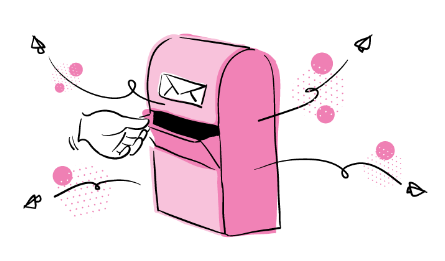Point-of-sale execution in pharmaceutical retail has a higher complexity than the rest of the industry since they must comply with additional and more demanding regulations and norms than other retail companies. In that line, compliance with sanitary protocols is an essential issue that every market player must consider as a fundamental pillar in any point-of-sale execution strategy.
Sanitary protocols are present throughout the entire point-of-sale operation. From the supply of crucial supplies and medicines to product delivery and handling of items in the post-sale stage. This complexity implies involving multiple people and areas of the company, having a high level of interaction.
However, collecting, consolidating, reporting non-conformities, resolution, and visibility is often slow and imprecise, mainly because of the recording mechanisms. Stores continue to use printed sheets or computer spreadsheets that can hardly provide visibility at an aggregate level.
Focusing on prevention
Suppose we manage to anticipate an incident, replacing corrective measures with preventive ones. In that case, the result will be not only a lower cost but also the avoidance of a problem, a claim, or a fine for non-compliance with a standard.
To achieve this preventive mindset, it is necessary to understand each process and identify the main gaps in each stage. From this point, stores can work on improving the process while each deviation is immediately resolved.
Here is where technology can make a big difference. For example, task management systems allow automated tasks to be triggered when non-compliances are detected. By using this technology, duties can be assigned directly to the responsible parties, giving notification when the following action is due, generating immediate visibility of the final status of the incident.
When implementing the Frogmi task manager in the processes associated with the sanitary protocols, we first focus on prevention — starting by making an x-ray of the critical activities and incorporating them into Frogmi. Jointly with the client, we define automated tasks triggered by partial non-compliance in the initial stages of the process; thus, actions become preventive. An excellent example is detecting a drug’s labeling problem when receiving the merchandise instead of during the sale at the POS.
The improvement of processes and their preventive approach requires incorporating different areas of the organization. The purpose is to identify the responsibility for each of the gaps found and directly assign the tasks to these teams transparently.
With Frogmi, pharmaceutical retail companies have managed sanitary alerts with an execution coverage of 87% within 12 hours after the incident was generated, which meant an improvement of 34%.
The adoption of technology in these processes enables the generation of documentation and records. The analysis of real-time information is used to generate compliance indicators based on KPIs and obtain statistics by pharmacy having complete visibility. These changes liberate essential resources that may now be used in higher-value activities for the consumer, like making time available for specialists, such as the doctor in charge of the pharmacy.
In our experience, there is a direct correlation between the value perceived by the end-users and the adoption of new technological tools, i.e., when the store associates see that the platform helps improve their performance and results. Therefore, a high level of technological adoption of new platforms speaks directly to the value added to the operation.
There is still an excellent opportunity for the pharmaceutical sector to advance in technology adoption to support its entire value chain and become a benchmark of efficiency and best practices for other industries.

